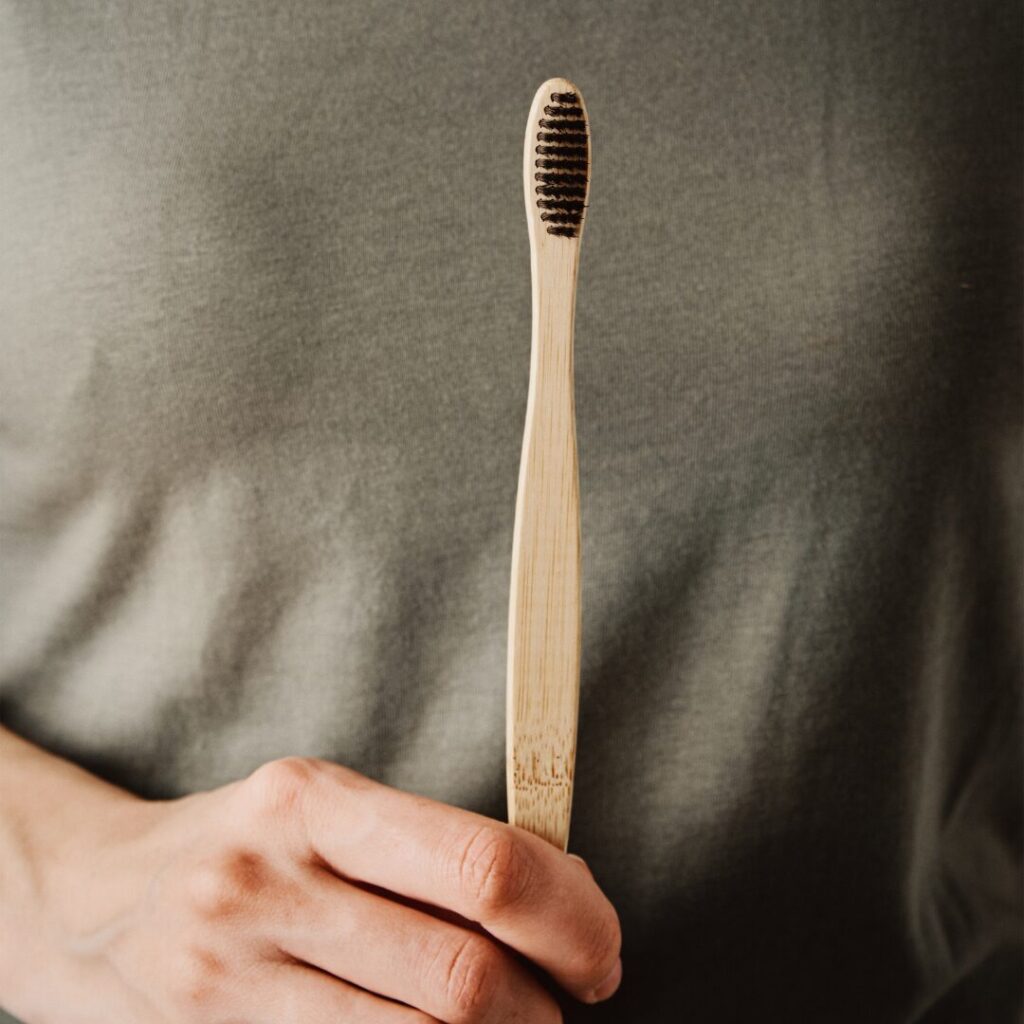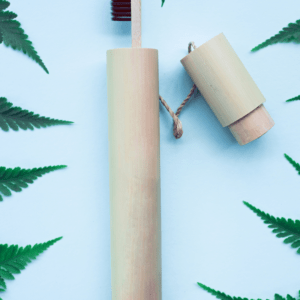How to care for your bamboo toothbrush to ensure it lasts longer.
Proper maintenance is key to a long-lasting toothbrush. This post provides essential tips for keeping your bamboo toothbrush in top shape.
Toothbrush Maintenance: Tips for Longevity
Your toothbrush is a small but essential tool in your daily hygiene routine. It works hard to keep your teeth clean, your gums healthy, and your smile bright. But have you ever thought about how to take care of your toothbrush? Proper maintenance not only ensures it lasts longer but also helps maintain its effectiveness in keeping your oral health in check. In this article, we’ll share some easy tips to make sure your toothbrush stays in great shape for as long as possible.
1. Rinse Thoroughly After Each Use
After brushing, take a moment to rinse your toothbrush under warm water. This simple step removes leftover toothpaste, food particles, and bacteria that may have accumulated during use. Be sure to run your fingers gently over the bristles to dislodge any stubborn debris. A clean toothbrush is a more effective toothbrush!
2. Store It Upright
Once you’ve rinsed your toothbrush, store it upright in a holder or cup where it can air dry. Avoid laying it flat or keeping it in an enclosed container, as this can trap moisture and create a breeding ground for bacteria and mold. If you’re sharing a holder with others, ensure the toothbrushes aren’t touching to prevent cross-contamination.
3. Keep It Away From the Toilet
This might sound strange, but where you store your toothbrush matters. Bathrooms can harbor airborne bacteria, especially when the toilet is flushed. To minimize exposure, keep your toothbrush as far away from the toilet as possible, and consider closing the toilet lid before flushing. If space is limited, a protective cap or cover can provide an extra layer of defense—but make sure it allows for ventilation.
4. Avoid Sharing Your Toothbrush
Sharing is caring, but not when it comes to toothbrushes! Sharing a toothbrush can transfer bacteria, viruses, and even blood-borne pathogens between users. For the sake of everyone’s health, stick to using your own toothbrush and encourage family members to do the same.
5. Replace It Regularly
Even with the best care, toothbrushes don’t last forever. Dentists recommend replacing your toothbrush—or toothbrush head, if you use an electric one—every three to four months. If you notice the bristles are frayed or worn out before then, it’s time for a replacement. Worn bristles lose their effectiveness and can even damage your gums.
6. Disinfect Occasionally
If you want to go the extra mile, consider disinfecting your toothbrush once a week. Soaking it in a cup of antibacterial mouthwash for a few minutes can help kill lingering germs. Alternatively, you can dip the bristles in boiling water for about 30 seconds. Just be cautious not to damage the bristles or handle in the process.
7. Travel Smart
When traveling, protect your toothbrush by storing it in a breathable travel case. Avoid keeping it in a sealed plastic bag for extended periods, as this can trap moisture and encourage bacterial growth. Once you reach your destination, take it out of the case and let it air dry between uses.
8. Choose the Right Toothbrush
Not all toothbrushes are created equal! Opt for one with soft bristles, as they’re gentle on your gums and enamel while still being effective at cleaning. If you’re using an electric toothbrush, follow the manufacturer’s guidelines for care and maintenance to ensure it functions properly.
9. Be Mindful of Your Brushing Technique
Believe it or not, how you brush can impact your toothbrush’s longevity. Avoid pressing too hard or scrubbing aggressively, as this can cause the bristles to wear out prematurely. Instead, use gentle, circular motions and let the bristles do the work.
10. Watch for Signs of Wear
Finally, keep an eye on your toothbrush for signs that it’s time to retire it. Frayed bristles, discoloration, or an unpleasant odor are all indicators that your toothbrush has seen better days. Regularly inspecting your toothbrush ensures you’re always using a tool that’s up to the task.
Taking care of your toothbrush doesn’t require much effort, but it makes a big difference in maintaining good oral hygiene. By following these simple tips, you’ll not only extend the life of your toothbrush but also keep your teeth and gums healthier in the long run. So go ahead—show your trusty toothbrush a little love! Your smile will thank you.




